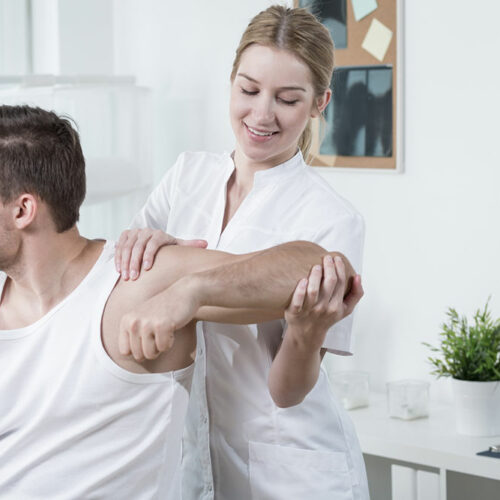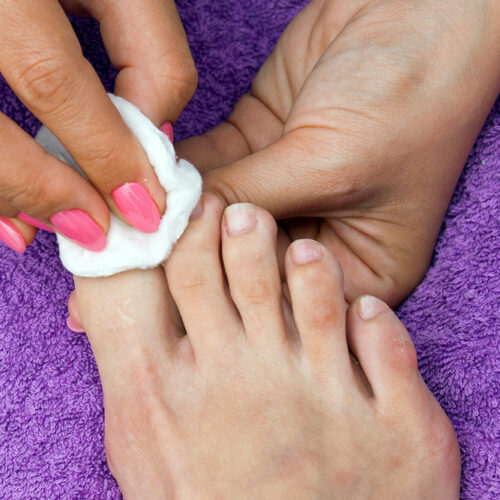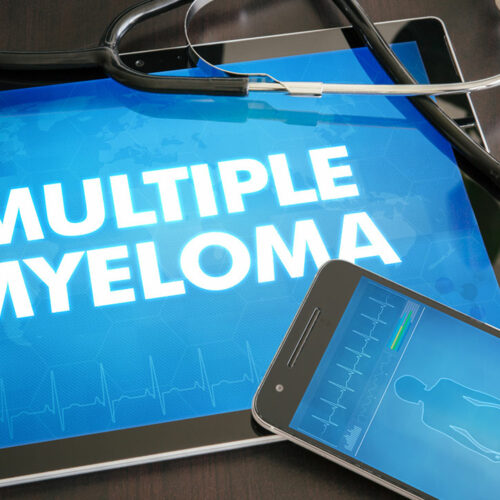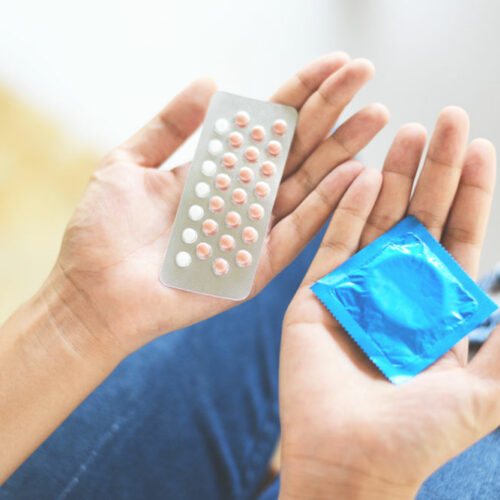
Muscle Spasms – Causes and Treatment Options
A spasm or cramp is an involuntary contraction of a muscle. Muscle spasms can happen at any time and are quite painful. It usually goes away on its own, without much treatment. However, if the spasm is extremely painful, and does not resolve by itself or recurs, it is imperative to seek medical care as it may be an indication of a serious underlying medical problem. Typically, muscle spasms involve a whole muscle, a specific part of it, or various muscles in a group. The most common sites for muscle spasms are hands, foot, arms, thighs, calves, abdomen, and sometimes along the ribcage. These spasms vary in intensity ranging from mild twitches to severe and disabling pain. The spastic muscle may become sensitive to touch and in a few cases, appears visibly distorted. These spasms may last for a couple of seconds or up to 20 minutes or longer. Also, they may recur several times a day. Muscle spasms can happen to anyone. Irrespective of whether you are old, young, athletic or sedentary, it can happen to you. Also, it can occur while you are sitting, walking, exercising, or even sleeping. Many people who undertake regular physical exercise experience spasms. Causes of muscle spasms The exact cause of muscle spasm is not known. However, according to some research studies, here are some factors that can lead to muscle spasms: Dehydration Insufficient stretching before exercise Electrolyte depletion Muscle fatigue Exercising in high temperatures Altered neuromuscular control Performing a new activity Out of all the causes mentioned above, exercising in high temperatures is believed to be the most significant one. When you work out in the heat, you sweat a lot, and sweat contains fluids as well as electrolytes (calcium, magnesium, salt, and potassium). When the level of these vital nutrients falls beyond a certain limit, the chance of muscle spasm increases.
Read More 






